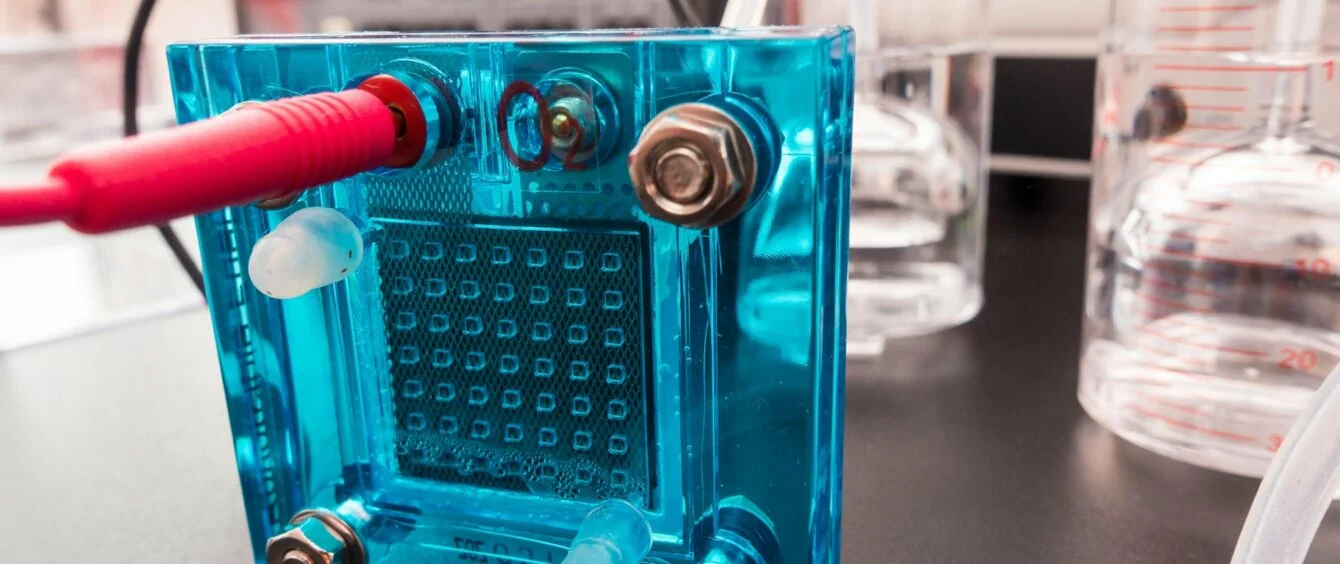“Hydrogen is the missing part of the energy transition puzzle. By launching this strategy, we’re accelerating the sector’s market ramp-up,” declared German Research Minister Bettina Stark-Watzinger in July 2023, summarising the significant importance of hydrogen for the energy transition and sustainable industry. She went on to say that hydrogen promotes energy security, carbon neutrality and competitiveness, adding that the import strategy is important as Germany is incapable of meeting domestic need for hydrogen alone.
The timing of the news from scientists at the Institute of Sustainable Hydrogen Economy (INW) of the Julich Research Centre, Friedrich Alexander University Erlangen-Nuremberg and the Fraunhofer Institute for Solar Energy Systems in an article in Energy & Environmental Science, a trade magazine published by professional association Royal Society of Chemistry could thus not have been better. The experts find (Link in German) that dimethyl ether (DME) has huge potential to store hydrogen and could have a “substantial impact on the future global hydrogen economy.”
First liquid, then gaseous
DME usage has been tested thoroughly, as it is currently the propellant of choice in deodorant aerosols and spray cans. The researchers believe that it could be used to store hydrogen on long transport routes. DME is highly flammable and forms carbon dioxide (CO2) and hydrogen (H2) when reacting during steam reforming using water vapour. When used in deodorant aerosols, it is stored in liquid state before being expelled, which transforms it into a gas.
The scientists thus propose a circular storage system. Green hydrogen is synthesized with carbon dioxide to form DME in production regions such as South America and Australia. Once pressurised, the green hydrogen can be transported to purchasing regions by ships, for instance to Europe, where DME is subjected to steam reforming to break it back down into its original components: hydrogen and carbon dioxide.
Then the green hydrogen is ready for use, for example in industry. The carbon dioxide is returned on the same ship to the production region where it is re-used in the same process. The researchers refer to this closed DME/CO2 cycle as a “hitherto underestimated hydrogen storage system.”
Further advantages over methanol and ammonia
Moreover, DME has additional benefits. The experts claim that much more usable hydrogen is released for every weight unit of DME than is the case for methanol or ammonia. In addition, DME is not toxic. Plus, DME has the highest energy density of the three, delivering 8.7 kilowatt hours of electricity per kilogramme, compared to 6.2 kWh/kg for methanol and 5.9 kWh for ammonia.
Now the task at hand is to turn all of these advantages into a package deal. “The major elements of DME-based hydrogen storage are known, but they have not been linked together to create a new hydrogen storage technology,” says Peter Wasserscheid, INW Founding Director and co-author of the article. “This is a development we will spur with our partners at INW. Industry is extremely interested in DME/CO2 hydrogen storage systems.”
According to the INW, facilities to test DME steam reforming are under construction in order to bring the method to technical maturity. The institute expects closed DME/CO2 cycles to be ready for commercial use in the early 2030s.
